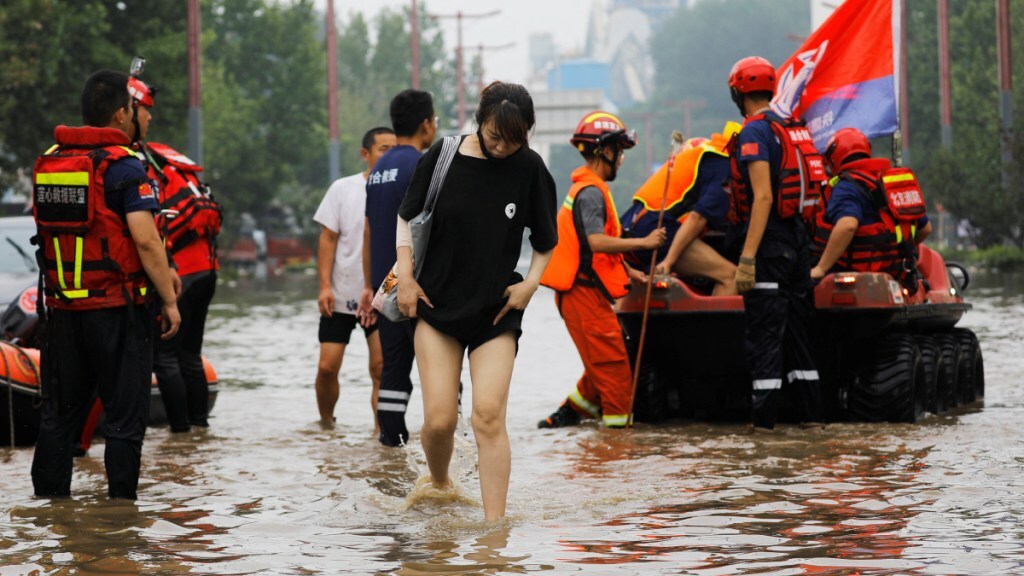Amid worsening climate crisis, several countries around the world are witnessing extreme weather conditions. From raging typhoons to flashfloods, several countries are reporting death and destrution due to weather-related incidents. China, the most populous nation in the world, is now among the nations that are suffering extreme weather.
One of the problems that urban China still faces is the devastating impact of floods, especially during the monsoon season. Every year the country attempts to tackle the issue. In 2015, it came up with a solution – ‘sponge city’ initiative. However, it has not been able to resolve the issue entirely.
China has seen mass mobilisation due to rapid urbanisation. But that has not helped the country in readying a battle plan to fight natural calamities. The initiative “sponge city” was introduced in 2015 with an aim to resolve the issue of waterlogging, infrastructural damage and human lives of China. The idea was to use rainwater through architectural, engineering and infrastructural tweaks.
On Monday, the China’s emergency ministry reported that the country faced 142 deaths and disappearances, destroyed 2,300 homes and caused direct economic losses of 15.78 billion yuan ($2.19 billion) just in July 2023, due to flood and other natural disasters.
The “sponge city” was structured to make use of “nature-based solutions” like permeable asphalt, the construction of new canals and ponds along with the restoration of wetlands which will help in distributing the water level evenly and improve the drainage and storage capacity.
The idea worked perfectly initially in the pilot study done in 30 cities but later, as it expanded only 64 of China’s 654 cities functioned accordingly as per the research done last year. The “sponge city” concept was made to handle no more than 200 millimetres (7.9 inches) of rain per day but the July rain broke records and the country was rainwashed with 745 millimetres over three and a half days. Moreover, in July 2021, in few parts of China, there has been a record of 200 mm rainwater in an hour.


